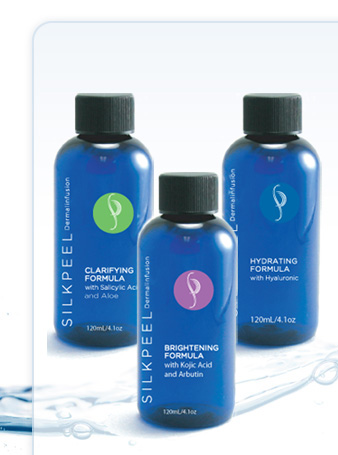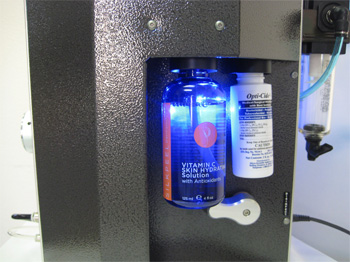

The free radical theory proposes that photoaging, which is different from chronological aging, may result from imperfect protection against cumulative stress of free radicals produced by chronic and repeated ultraviolet irradiation.
Since the skin is always in contact with oxygen and is occasionally exposed to ultraviolet light, skin is one of the best target organs of environmental photo-oxidative stress.
A growing body of evidence suggests that reactive oxygen species are generated by ultraviolet irradiation resulting in the structural and functional alteration of cutaneous components which should affect the photoaging process over a long period.
Thus the possible use of antioxidants that attenuate photooxidative toxicity is believed to be an important strategy modulating photoaging. Several antioxidants have readily been proved to work in the experimental conditions.
EXCERPTS from: Journal of Dermatological Science 9 (1995) 79-86
Review: Photoaging from an oxidative standpoint
By Yoshiki Miyachi
Department of Dermatology, Gunma University School of Medicine. Maebashi, Gunma 371, Japan
